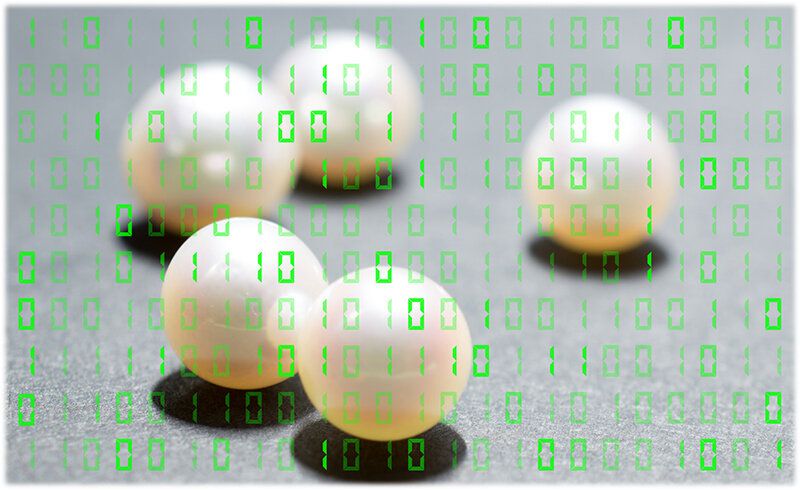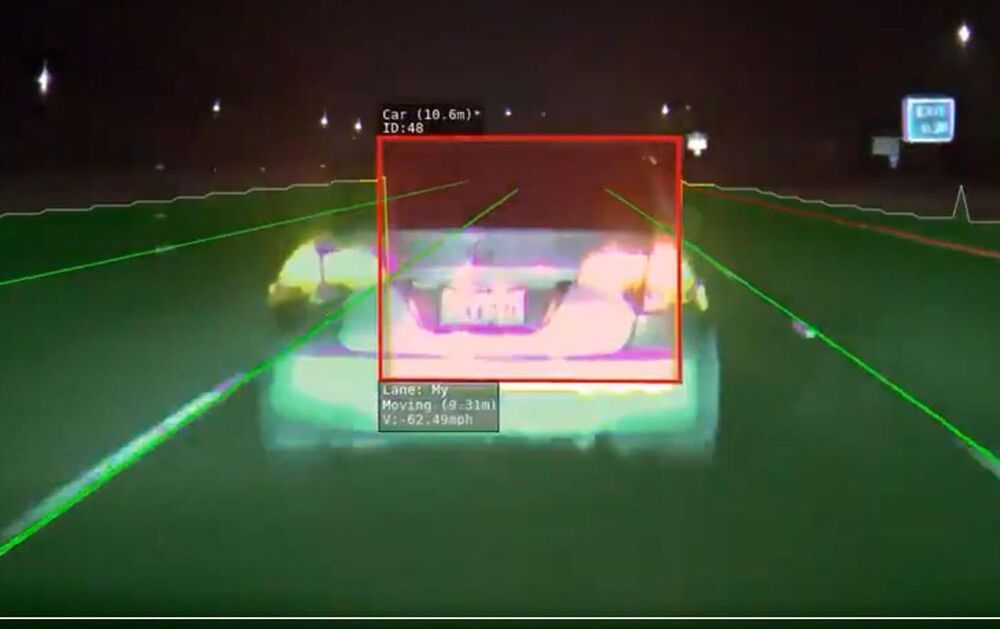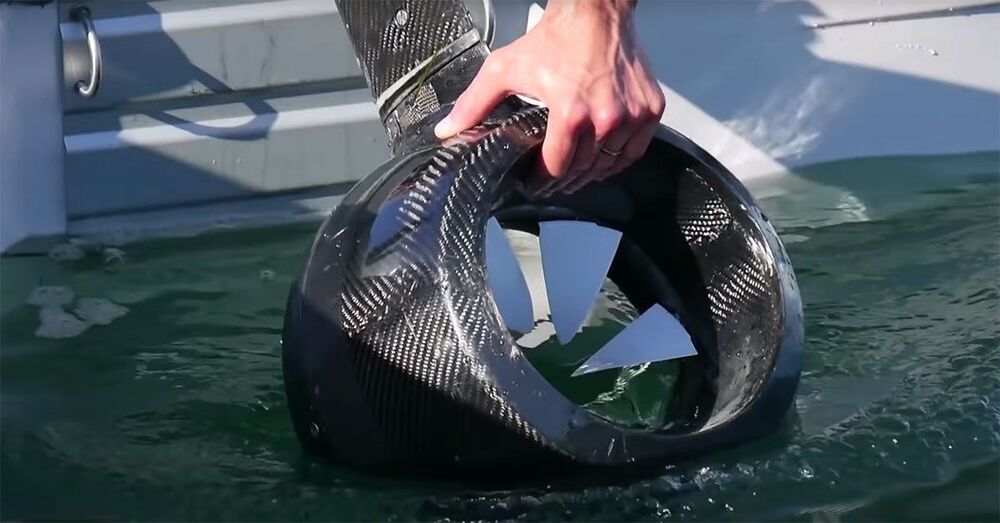Video. Japan made robo-wolves to frighten off bears.
Pretty creative! 😃
The town of Takikawa on the northern island of Hokkaido purchased and installed a pair of the robots after bears were found roaming neighbourhoods in September. City officials said there have been no bear encounters since they deployed the robotic red-eyes blonde animal guardians were deploying ed to the city.
Original Article: http://www.dailymail.co.uk/sciencetech/article-8937567/Japan…bears.html
Original Video: http://www.dailymail.co.uk/video/news/video-2290544/Video-Ja…bears.html
Daily Mail Facebook: http://facebook.com/dailymail







